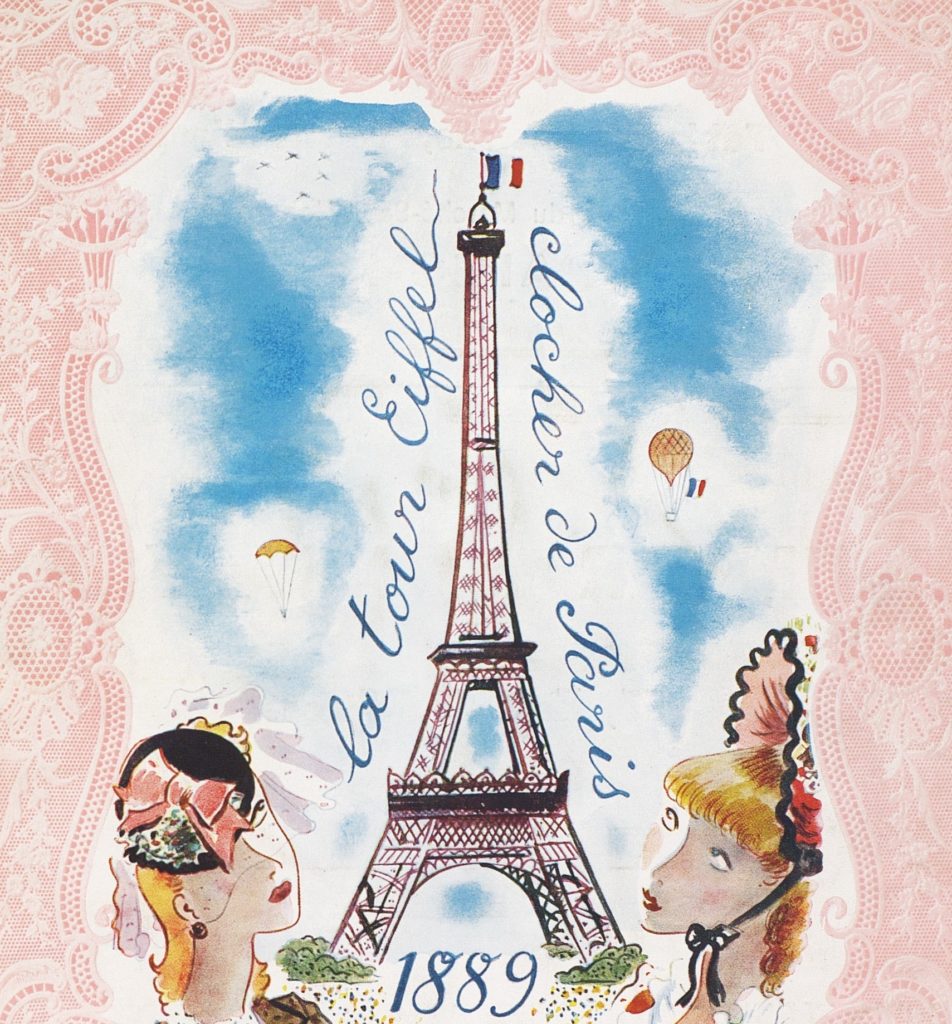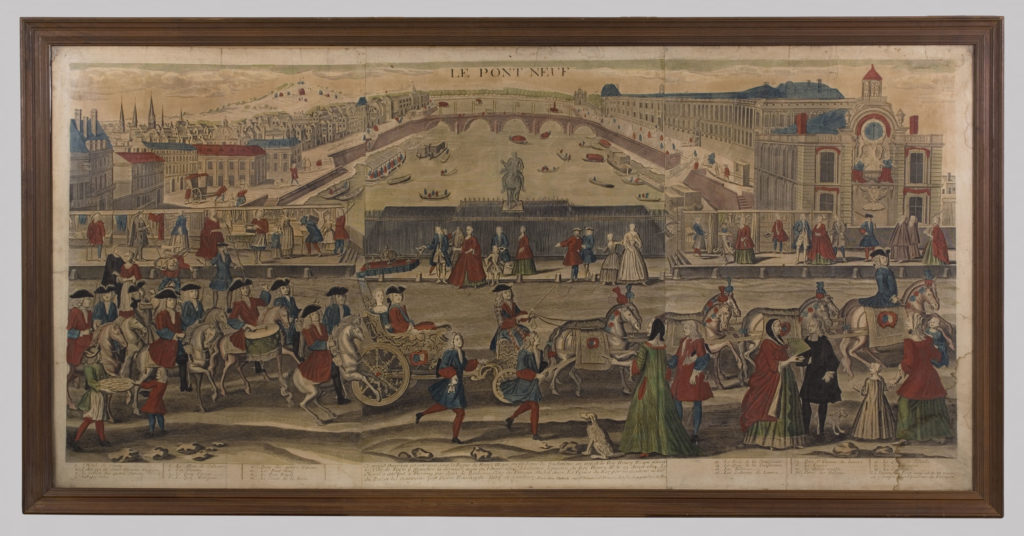In November 1975, an important world event took place – the first ‘Group of Six’, or G6 summit was held. French President Valéry Giscard d’Estaing invited the other five largest and richest industrialised nations – UK, USA, West Germany, Italy and Japan – to a three day summit in a beautiful château surrounded by an ancient forest. There were informal chats, serious meetings about the world economy, and a presidential dinner in a sumptuous salle à manger. Versailles? No. Chambord? Wrong again. Only 48 kilometres from Paris, the setting for this momentous event was the Château de Rambouillet.
The first G6
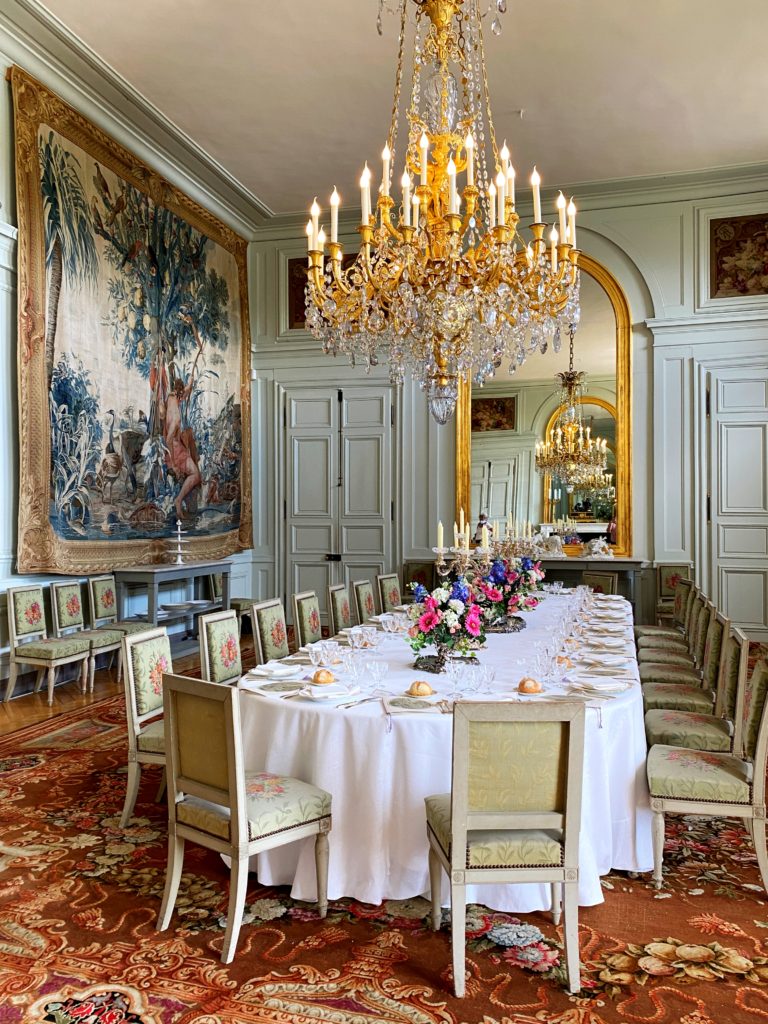
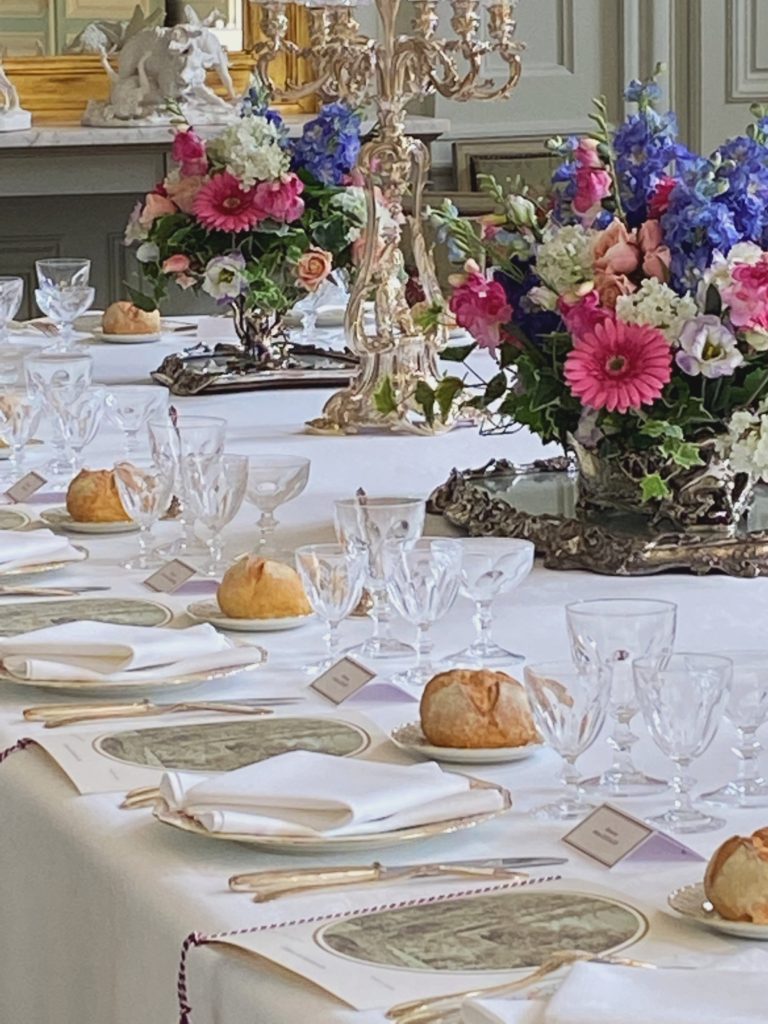
If you visit the Château de Rambouillet today (and I highly recommend it!), enter the presidential banquet hall to see the long dinner table elegantly set in an exact reproduction of the formal presidential dinner held on 17 November, the last night of the summit.
The table is set for 18, using the original Sèvres Pimprenelle china dinner service. This beautiful service was specially commissioned by the state for formal use in the Élysée Palace, the home of French presidents. Produced between 1906 and 1909 by the Manufacture de Sèvres, it was based on drawings by Henri Dujardin-Beaumetz, then undersecretary of state for fine arts, whose art nouveau design symbolises the republic.
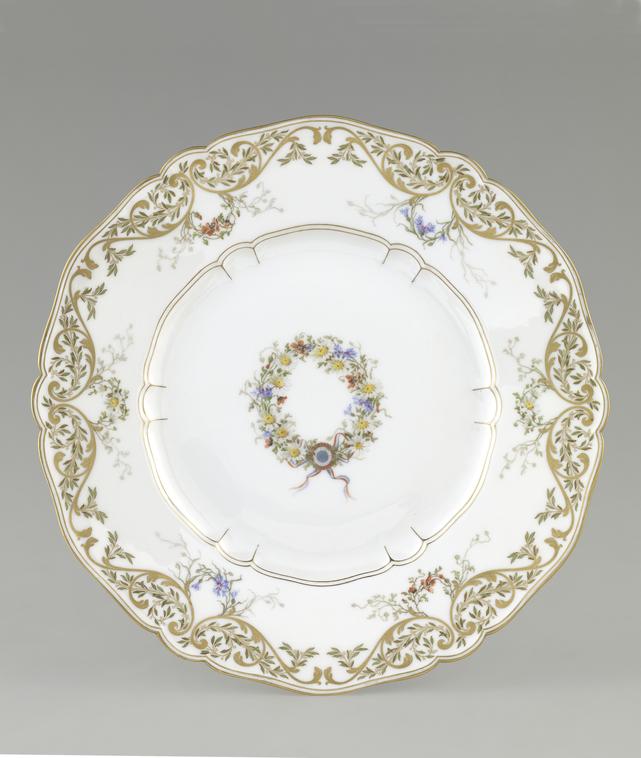

Each place setting included a charger (a larger plate underneath), a dinner plate, and a matching bread plate. Silver plated cutlery from Cristofle’s was composed of two knives and two forks per plate. And for a meal certain to include a lot of drinking, each guest had four Cristal d’Arques glasses presented in a diamond pattern – for water, red wine, white wine and champagne.
Floral centrepieces and solid silver candlesticks completed the table.

And what was on the menu? For starters, a refreshing Tartare de bar au lait de coco (seabass tartare with coconut milk), followed by a more hearty Bouchon de veau poêlée, profiteroles aux epinards (pan-fried veal with spinach profiteroles). To accompany the meat dish was a Tian niçois, a baked dish from the south of France made with courgettes, eggs and créme fraîche. A selection of cheese, sacred to every French meal, was then presented. To finish, there was a refreshing dessert of Sablé rhubarbe et fraises (rhubarb on a biscuit base served with strawberries).
As for the wine, it was an impressive choice:
Pouilly-Fuissé “Plénitude de Bonté” 1965 (Collovray et Terrier)
Château Poontet Canet 1962 (Pauillac, 5ème Grand Cru Classé)
Champagne Taittinger 1963
The gorgeously decorated place cards at this presidential dinner were for the six heads of state, and their ministers and undersecretaries:
– Valéry Giscard d’Estaing (France)
– Harold Wilson (United Kingdom)
– Gerald Ford (USA)
– Helmut Schmidt (West Germany)
– Aldo Moro (Italy)
– Takeo Miki (Japan)
A little bit of history
Now a banquet hall for presidential dinners, the dining room in the Château de Rambouillet has an illustrious history. it is not known exactly when the current château was built, but there has been a residence here for over a thousand years. This room dates back to the medieval period and was almost certainly part of the château’s main apartments, occupied by the lord of the house or important guests such as the the king.
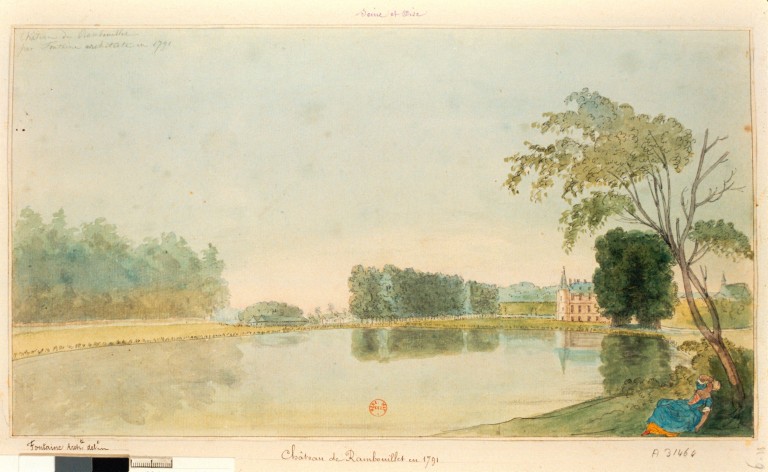
The château has long been prized for its location not too far from Paris, and the abundance of game in the surrounding forest of Rambouillet. The first mention of Rambouillet in the historical record is in 768 when Pepin le Bref gave the Abbey of Saint-Denis a number of lands, churches and monasteries in the ‘Forêt Yveline’, including ‘Rumbelitum’. No one really knows where the name Rambouillet comes from – it’s either from an ancient stream called ‘Rambe’ or ‘Rambo’ which fed a nearby fountain known as the Fontaine de Rambeuil; or it’s from a group of Germanic mercenaries who were in the area in Roman times and invoked the name ‘Ramb’, to describe themselves as crows who are protected by God (Rambo-ialum, the clearing of the crow clan).
The château was in the possession of the d’Angennes family for hundreds of years and was eventually purchased by Louis XIV for Louis-Alexandre de Bourbon, Count of Toulouse, his last son with his mistress Madame de Montespan. Less than 80 years later it would be in the hands of the king himself; the ill fated Louis XVI. Louis XVI loved the thrill of the hunt more than anything, and as the forests of Rambouillet were full of wolves, deer, rabbits, foxes and other tempting and delicious game, he persuaded his cousin, the Duke de Penthièvre, to allow him to buy the château. Alas for Louis XVI, he would be guillotined by the state during the French Revolution only ten years later.
Emperor Napoléon I was the next leader to be seduced by the charms of the château of Rambouillet, and he spent the night in one of its rooms on his way to his exile in 1815. The dining room we see today was originally much larger; it was divided in two to create a drawing room for his beloved Empress Joséphine.

Under the presidency of Felix Faure (1895-1899) the château became the official residence of the French president. The magnificent dining room was converted into a presidential banquet hall, and for hosting dinners following a presidential hunt – the chasse présidentielle. This was a rather peculiar tradition, initiated in 1848 under the Second French Republic, where members of government or foreign dignitaries were invited by the president to participate in a hunt. The practice was (fortunately) stopped by President Sarkozy in 2010, though he had previously and controversially agreed to host Libyan dictator Mouammar Kadhafi on a hunt in Rambouillet in 2007. Current French President Emmanuel Macron wishes to reinstate the tradition of the chasse présidentielle.


So, how shall we host our presidential dinner? Well, first we need a president. Then some heads of state, a few ministers and aides, and a great chef. But most importantly we need a sumptuous dining room filled with flowers, crystal, silver candlesticks and a stately dinner service. The presidential banquet hall in the Château de Rambouillet has held sway over lords, dukes, princes, kings, emperors and presidents over hundreds of years, and its gilded walls have kept their secrets.
Have you been to the Château de Rambouillet?
